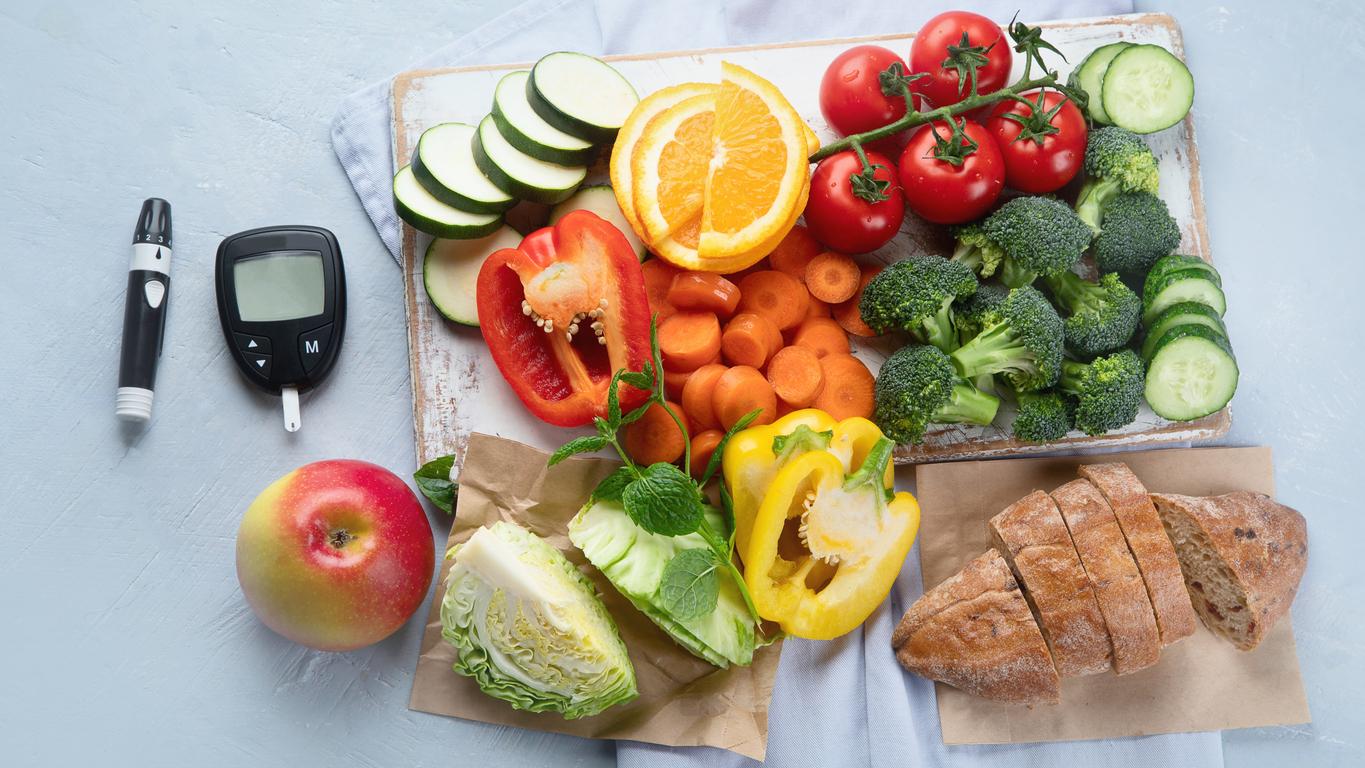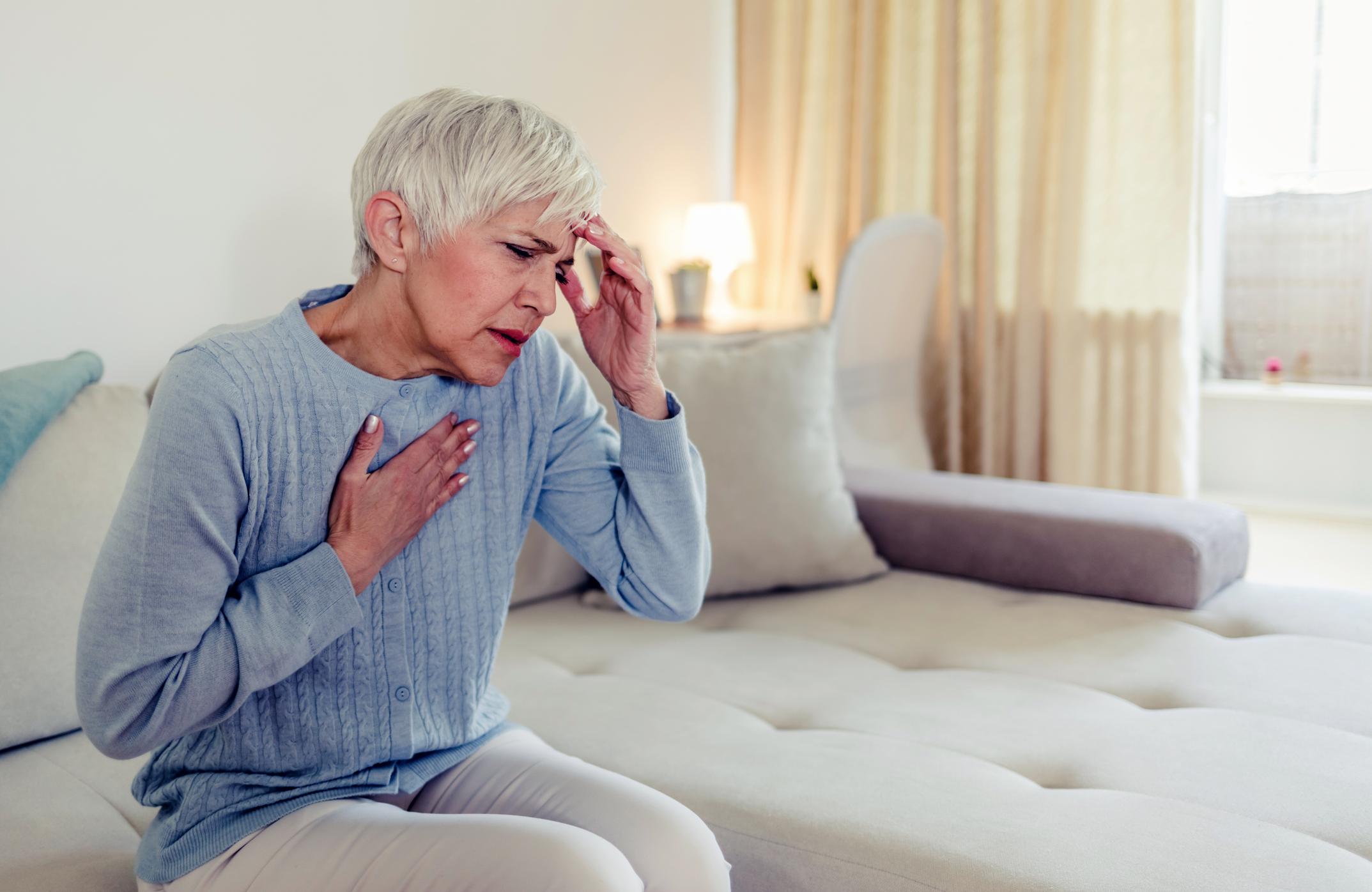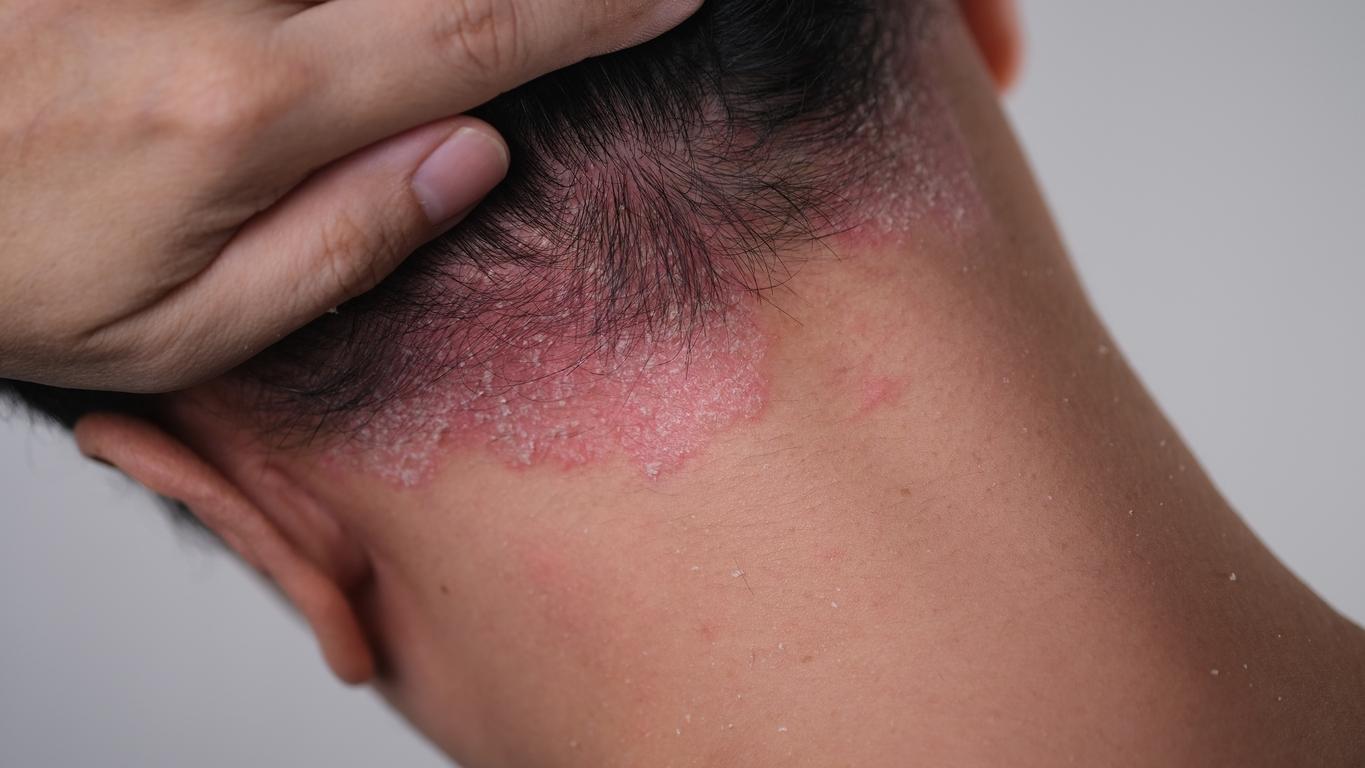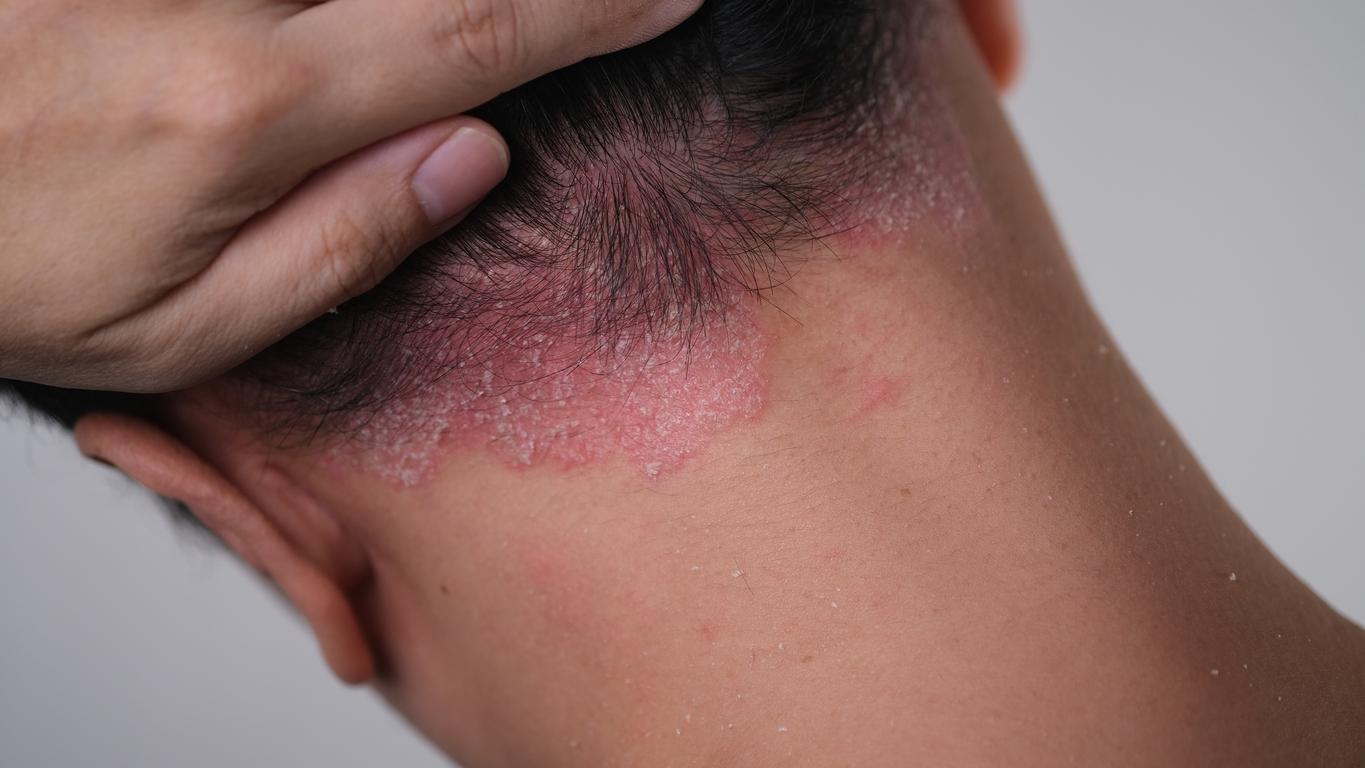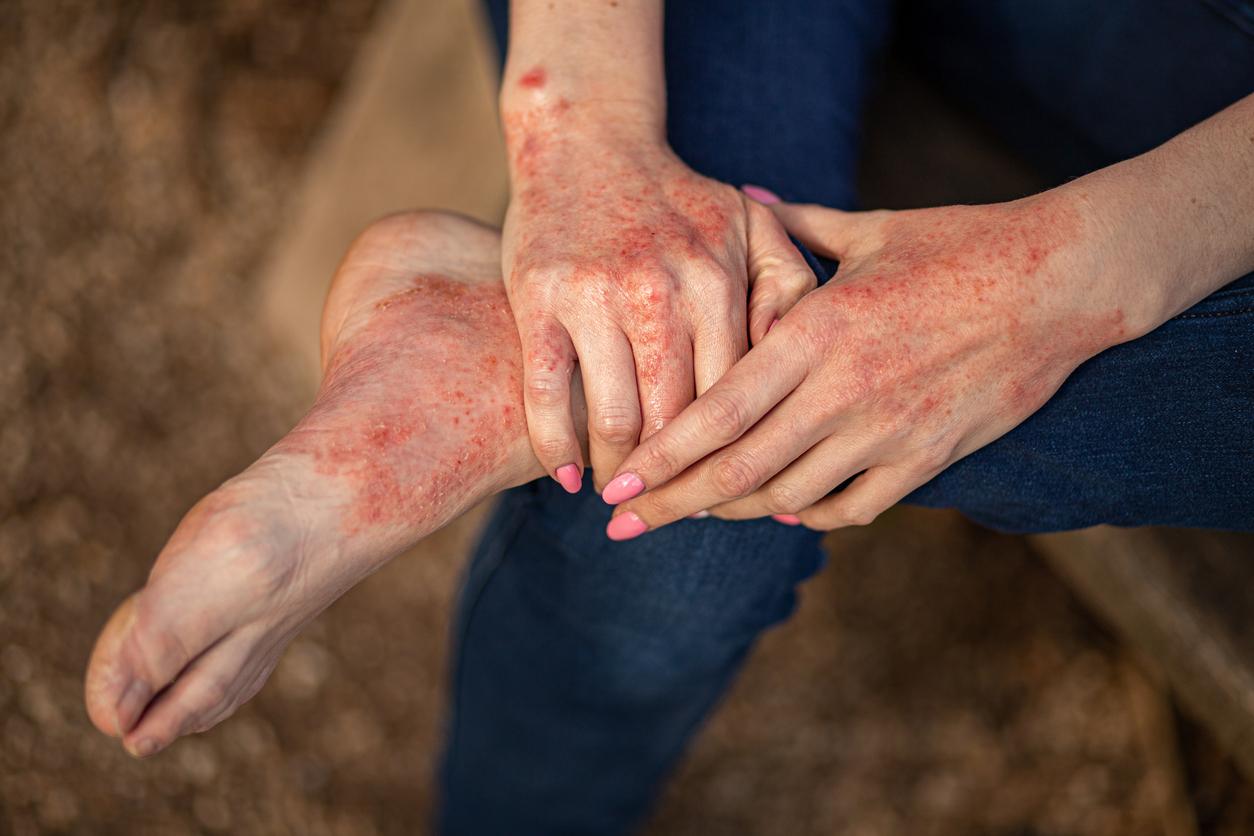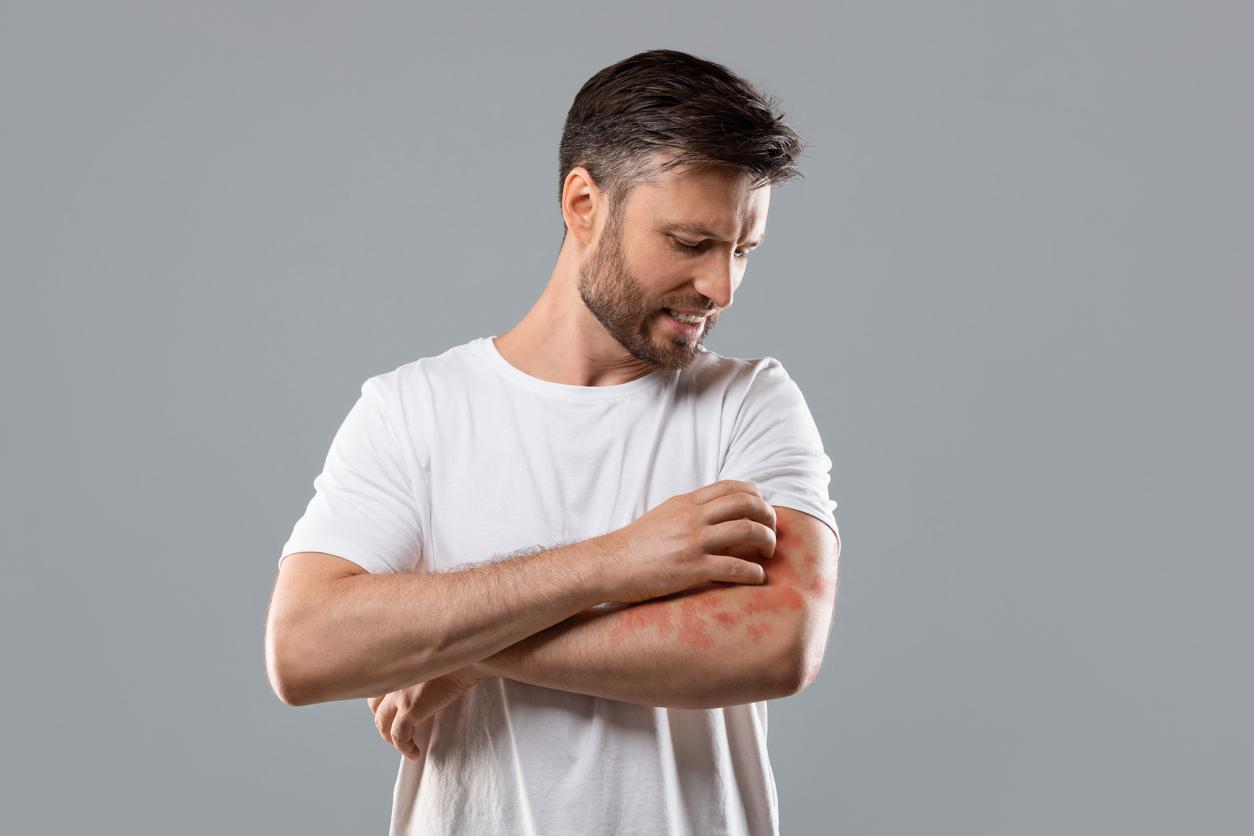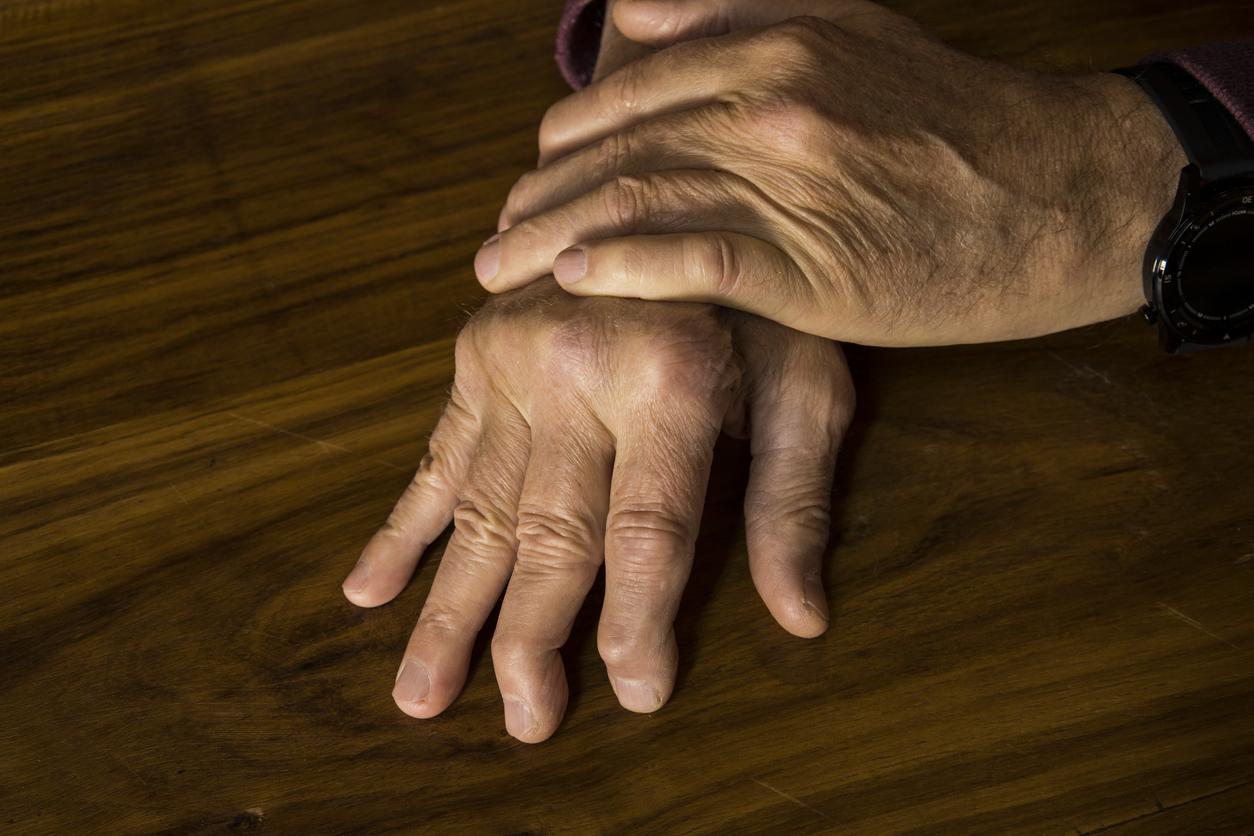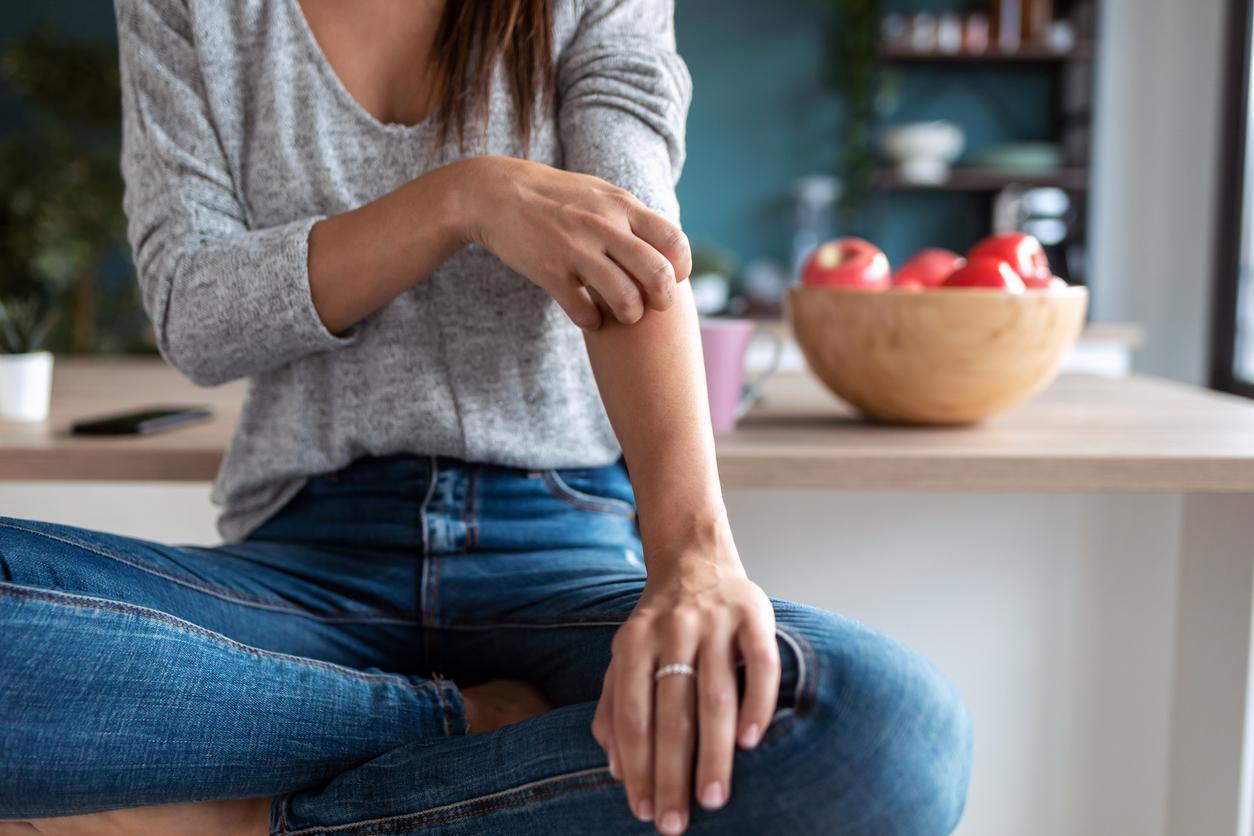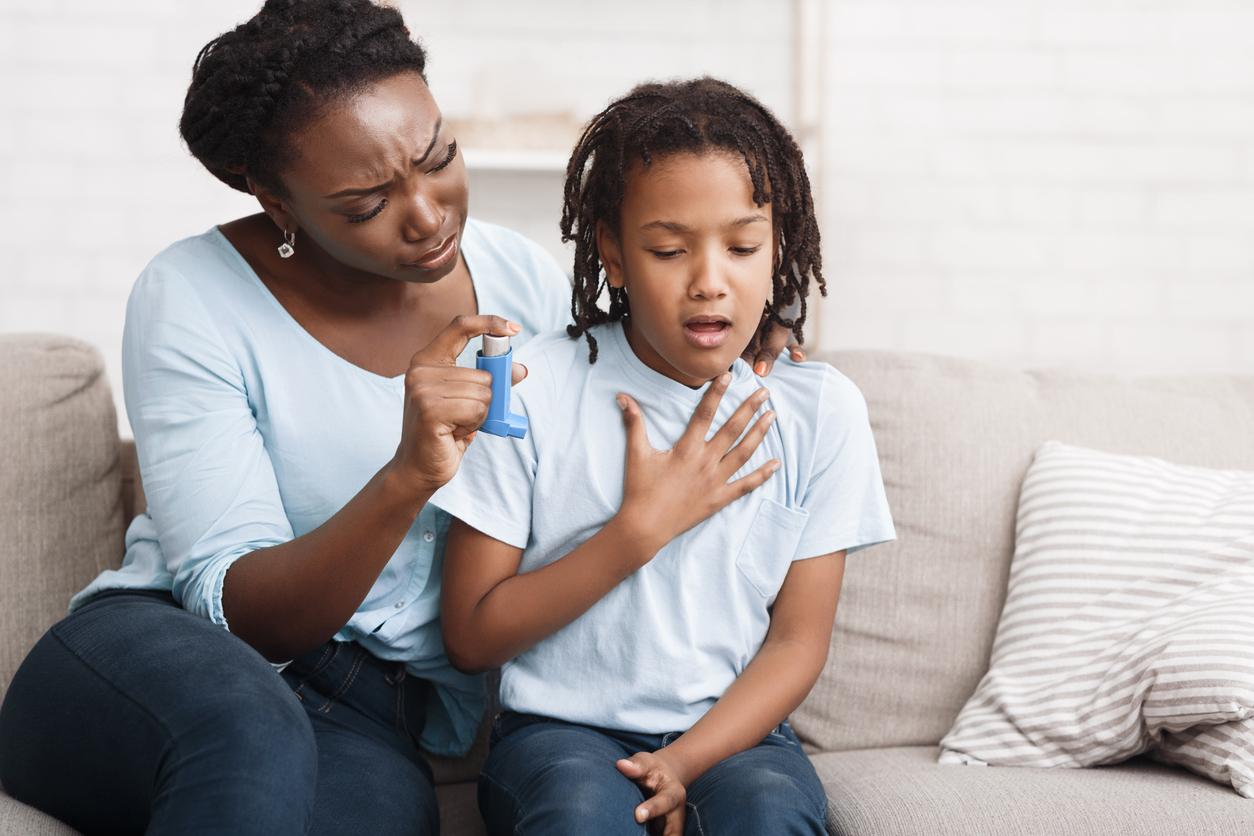As World Psoriasis Day takes place on October 29, a study highlights the effectiveness of home phototherapy, which represents a lower burden for patients.
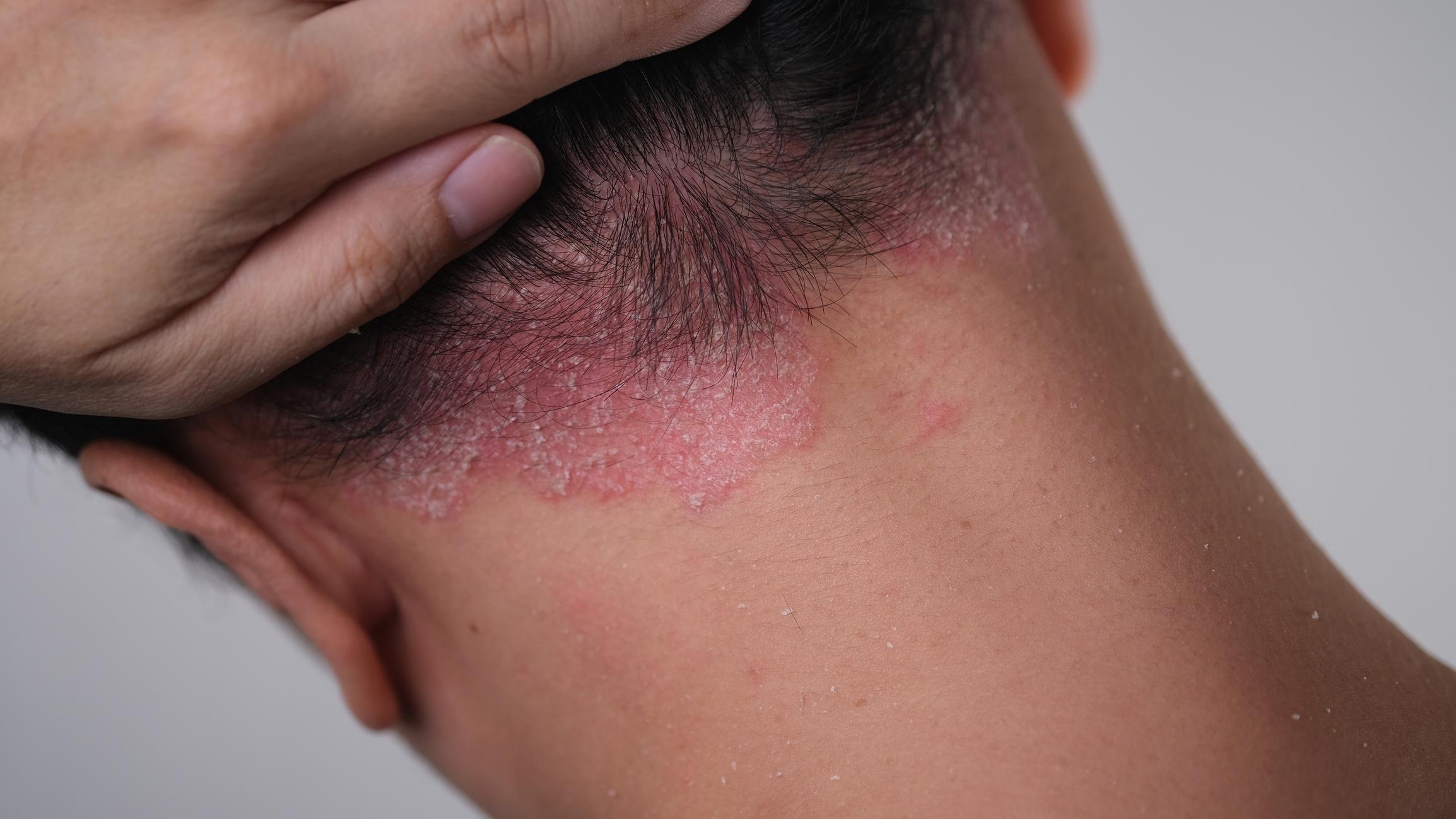
- In cases of psoriasis, phototherapy is used to reduce lesions, scales and inflammation.
- Using phototherapy devices, designed to facilitate self-administration, twice a week for three months at home made the skin of 60% of patients healthy or almost healthy.
- Home phototherapy is also linked to a lower cost burden in terms of time and travel.
To treat psoriasis, an inflammatory skin disease that develops through outbreaks of red patches, phototherapy is prescribed for the entire body in certain cases, but also locally when the attack is restricted to one area of the body. There are two types: puvatherapy, where UV exposure in the cabin takes place after taking a photosensitizing medication, and UVB phototherapy without prior medication. According to Health Insurancethis treatment, delivered by devices resembling tanning beds or smaller devices for the hands or feet, is carried out over a period of approximately 2 months “due to accelerated skin aging and increased risk of skin cancer.”
Psoriasis: UVB phototherapy at home or in the office for 12 weeks
Problem: phototherapy is “difficult to access given the waiting times for a consultation, the travel costs and the time off work required to go to a clinic. People with psoriasis prefer to follow treatment at home with help devices designed to facilitate its self-administration, but clinical data are limited, particularly in patients with darker skin.according to researchers at the University of Pennsylvania (United States). So, they decided to conduct a study to compare the effectiveness of UVB phototherapy performed at home and in the office for psoriasis.
As part of the research, published in the journal JAMA Dermatologythe team recruited 783 people, aged 12 and over, with plaque or guttate psoriasis. Participants’ symptoms were assessed during regular visits to their dermatologist, then they were randomly divided into two groups to receive UVB phototherapy at home or in clinic for 12 weeks, which was followed by a period of 12-week observation. Volunteers who performed the phototherapy at home were given devices, taught how to use them, and given specific prescriptions based on their skin color and susceptibility to sunburn. “The main efficacy outcomes were the physician’s overall assessment as healthy or nearly healthy skin at the end of the intervention period and the Dermatology Quality of Life Index score,” the scientists clarified.

60% of patients achieved healthy or near-healthy skin by following the treatment twice a week
After three months, 33% of patients receiving the treatment at home and 26% of patients receiving it in the office had healthy or almost healthy skin. According to the research, 60% of people who followed the recommended phototherapy treatment twice a week at home or in a clinic had improved skin condition. Participants receiving phototherapy at home were more than three times more likely than those attending a clinic to maintain the recommended treatment frequency. These results were observed for all skin tones. Another observation: in addition to being “well tolerated”home phototherapy was associated with a lower burden of indirect costs for patients.
“Our research is expected to have an immediate impact on clinical practice. Indeed, it is important because it increases the options available to clinicians and patients and empowers patients to follow the treatment that best suits their needs and needs. their preferences”, concluded Joel Gelfand who led the study.









